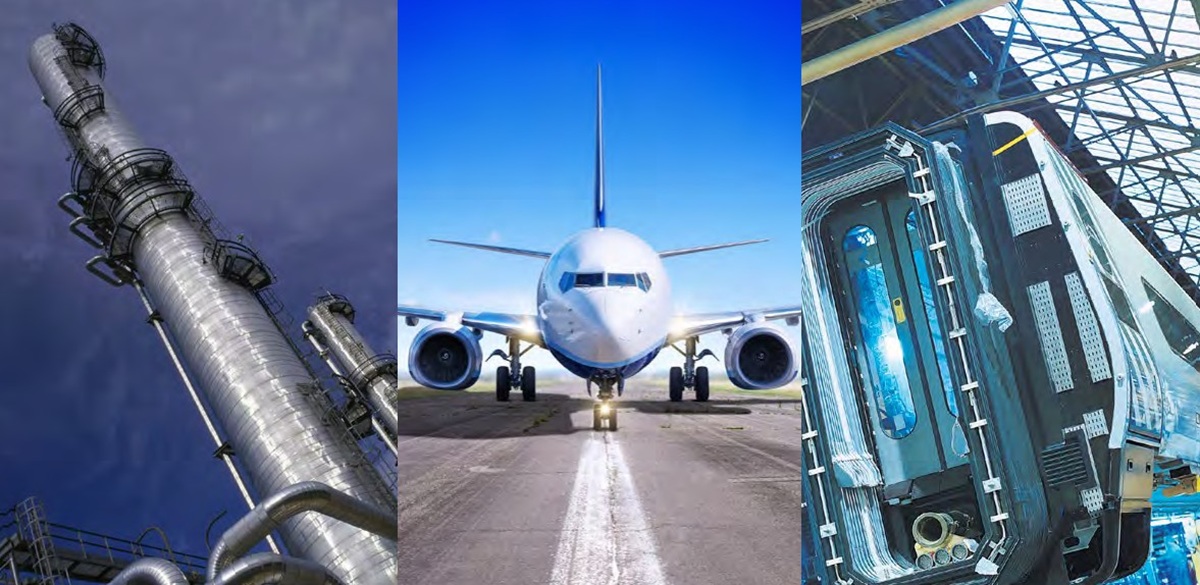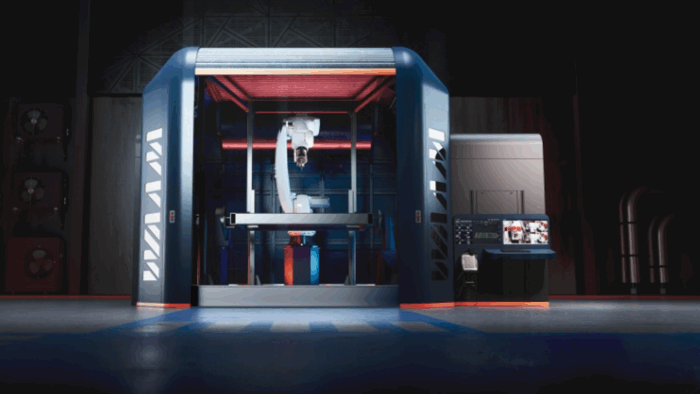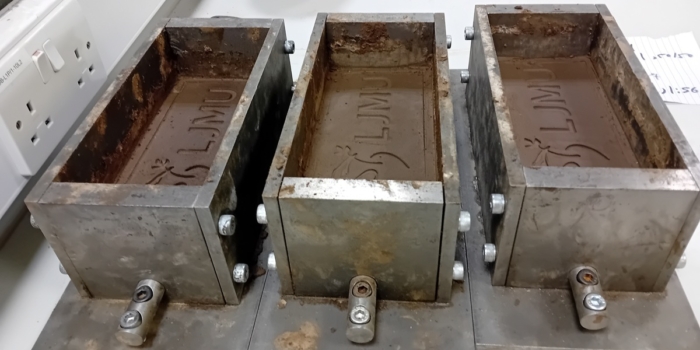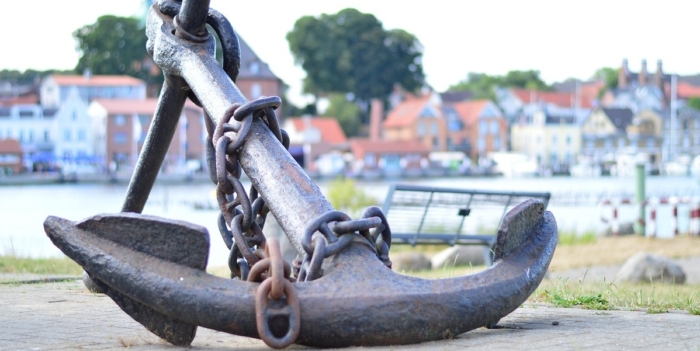Cranfield University
Keywords: Asset management, condition monitoring, life cycle engineering, through-life engineering, maintenance systems, digital manufacturing, degradation assessment
Sector: advanced manufacturing
Project lead: Cranfield University
Project collaborators: MOD; Rolls-Royce; BAE Systems; Leonardo UK; MBDA UK; BSI
Issues addressed by the project
The research problem centred on the need to gain a better understanding of the root causes of component failure driven by degradation (e.g., corrosion, wear, and oxidation) or other key factors (e.g. no-fault found, risk, and obsolescence). Implications were measured at the component and system level in terms of cost and asset availability.
Future impact of the project
Cranfield University’s research on through-life engineering services has significantly improved the capability and productivity of the UK industry base, relative to international competition. The researchers led the development of a Publicly Available Specification (PAS 280) document based on their research into TES (the benefits of through-life engineering services for UK industry) and the life cycle of complex engineered assets (CEA – such as planes, ships, and trains).
Place-based local and regional benefits
There are several manufacturers using PAS280 across the UK, notably Rolls Royce, who are currently evaluating the impact of PAS 280. Early figures suggest a realisation of up to £2,000,000 improvement in costs, within the REF impact period, (for delivering the same, if not better, level of asset performance) from ongoing Rolls- Royce projects.
All improvement programmes in Rolls-Royce are now evaluated according to their impact across the PAS themes. This has enabled capability mapping across Rolls-Royce global sectors and teams in line with a common framework. PAS 280 has reduced duplication of effort and under-investment in capability (e.g., over-purchase of spare parts)
The company’s ‘Engineering for Services’ function capability strategy is now organised around PAS 280, representing a significant change in business processes. An Engineering Fellow at Rolls-Royce has stated that “the ability to understand the future cost impact of current design decisions is pivotal to exerting an influence over the design at the point in time when the design is open to change.”
National and global benefits
Improving the reliability of such assets impacts on travel experience of all, both nationally and internationally, as well as having potential to give reduced ticket prices for the travelling public. From a defence perspective improving the asset performance should also improve the cost effectivness of defence spending and confidence in the systems working as they should. This is hugely impactful for the Ministry of Defence as a national impact from the research.
The MoD implemented PAS 280 to focus business process improvements across Defence Equipment Support. PAS 280 helped to focus the improvement in an internal team and created in excess of 30 new jobs as Defence Equipment Support change consultants.
Significant initial financial benefits (e.g., less spare part usage) and non-financial benefits (e.g., improved customer satisfaction) have been realised from improvements in integrated business planning processes. PAS 280 has meant a clearer understanding of the link between the business opportunity in terms of cost to the customer, and profitability to the supply chain, including the associated delivery of support services (e.g., spares and resources), leading to a reduction in waste.
The F&RP ESCIT Deputy Head at the MoD commented “Initial gains have been reported…. in the area of helicopters and related equipment… This initial, interim benefit of £33 million has already been delivered. Additional financial benefits in excess of £300 million over a ten-year period have been identified across an additional 4 Equipment Types”.
Level of investment and timescale
The work was one of the outcomes from the 2011-2016 UKRI EPSRC Centre for Innovative Manufacturing in Through Life Engineering Services (TES Centre) funded with a grant of £5 million. As can been seen by both the previous statement from Rolls Royce and the MoD the return could be huge with the MoD stating potential savings could be upwards of £300 million over a 10 year period.
Further aspects
Significant initial financial benefits (e.g., less spare part usage) and non-financial benefits (e.g., improved customer satisfaction) have been realised from improvements in integrated business planning processes. PAS 280 has meant a clearer understanding of the link between the business opportunity in terms of cost to the customer, and profitability to the supply chain, including the associated delivery of support services (e.g., spares and resources), leading to a reduction in waste.
PAS 280 has enabled the pro-active application of TES across industry, to win business, gain market share, generate revenue, and increase profitability; notably saving the Ministry of Defence £33 Million and creating 30 new jobs, and up to £2 Million early savings for Rolls-Royce and BAE Systems seeing more cost-effective investment in technologies and a significant reduction in lifecycle costs with potentially £300 Million savings over the next 10 years.
PAS 280 is being used as a common language and framework across the Though-Life Services element of˜Team Tempest’. The Tempest programme is a multi-billion pound UK partnership that brings together core partners BAE Systems, Leonardo UK, Rolls-Royce, MBDA UK and the MoD. The partnership is working to generate the technologies and experience required for the UK to lead development of a next generation combat air system. A technology prioritisation toolkit – outlining TES value streams and support activity assets – has been used on the Tempest programme to inform decision-making over which technologies should be invested in.




